The Advantages of using English as the Medium of Instruction for Globally Oriented Professional Training. A Theoretical Review
Resumen
English has become a dominant lingua franca on a global scale, facilitating communication between individuals who do not share a common mother tongue. Consequently, novel methodologies have been introduced with the objective of promoting the strengthening of the English language, including the English as a Medium of Instruction (EMI) approach. The present article offers a literature review that aims to examine recent research on the implementation of English as a Medium of Instruction (EMI) in different international educational contexts, to identify its benefits, challenges and conditions for success, and analyze its potential applicability in Colombia. Employing a mixed-method design to analyze 25 peer-reviewed articles on EMI in higher education, this review uses a systematic literature review approach based on George (2008) and Braun & Clarke (2006) for structured source selection, organization, and analysis. The available data demonstrate that EMI improves students' communicative competencies in English, particularly in the domains of writing, speaking and listening. The objective of this program is to equip students with the necessary skills to compete in the global job market. However, research indicates that students encounter difficulties in comprehending specific English terminology or accents, a phenomenon attributable to the influence of students' cultural and linguistic backgrounds on EMI outcomes. The findings indicate that even in Asian and European countries, teachers encounter challenges and lack the necessary preparation to implement these methodologies, as well as a lack of institutional commitment and deficiencies in educational policies.
Descargas
Citas
Almusharaf, N., Bailey, D., & Rodrigue, H. (2023). Investigating engineering instructor characteristics associated with English medium instruction and their influence on intrinsic motivation. Sustainability, 15(2), 973. https://doi.org/10.3390/ su15020973
Andika, J. D., & Putra, M. D. (2025). Teachers’ Perspectives on The Implementation of English as a Medium of Instruction in Indonesian Schools. International Journal of Environmental Sciences, 370–377. https://doi.org/10.64252/bp6tr754.
Bakker, P. (1997). A language of our own: The genesis of Michif, the mixed Cree French language of the Canadian Métis (Vol. 10). Oxford University Press.
https://doi.org/10.1093/oso/9780195097115.003.0001
Betancourt, B. L. C., & Ramos, A. D. U. (2024). Reflecting about bilingualism policies in non-English speaking countries in Latin America: The case of Colombia and Argentina. Rastros Rostros, 26(1), 2. https://doi.org/10.16925/2382-4921.2024.01.03
Brosch, C. (2015). On the conceptual history of the term lingua franca. Apples: Journal of Applied Language Studies. https://doi.org/10.17011/apples/urn.201502122046
Byun, K., Chu, H., Kim, M., Park, I., Kim, S., & Jung, J. (2011). English-medium teaching in Korean higher education: Policy debates and reality. Higher Education, 62(4), 431–449.
https://doi.org/10.1007/s10734 010 9397 4
Cely-Betancourt, B. L.(2023). El perfil del licenciado en lenguas extranjeras: Un reto pedagógico para los docentes formadores. Revista Sociedad & Tecnología, Vol. 6(1), 81-97.
https://doi.org/10.51247/st.v6i1.326.
Coyle, D., Hood, P., & Marsh, D. (2010). CLIL: Content and Language Integrated Learning. Cambridge University Press. https://doi.org/10.1017/CBO9780511667196
Dearden, J. (2014). English as a medium of instruction: A growing global phenomenon. British Council. https://doi.org/10.1007/s10734-015-9950-2
Ibrahim, J. (2001). The implementation of EMI in Indonesian universities... K@ta: a Biannual Publication on the Study of Language and Literature, 3(2), 121–138.
https://doi.org/10.9744/kata.3.2.121-138
Jenkins, J. (2011). Accommodating to ELF in the International University. Journal of Pragmatics, 43(4), 926–936. https://doi.org/10.1016/j.pragma.2010.09.020
Jenkins, J. (2017a). Mobility and English language policies and practices in higher education. En S. Canagarajah (Ed.), The Routledge Handbook of Migration and Language (pp. 502–518). Routledge. https://doi.org/10.4324/9781315624239-38
Jenkins, J. (2017b). English as a Lingua Franca in Higher Education: From EMI to ICLHE. Routledge.
https://doi.org/10.4324/9781315442529
Jenkins, J. (2019). English medium instruction in higher education: The role of English as lingua franca. En Second Handbook of English Language Teaching (pp. 91–108).
https://doi.org/10.1007/978 3 030 02899 2_7
Jiménez, A. B., & Betancourt, B. L. C. (2024). Teacher Training in Colombia From A Historical Perspective. Migration Letters, 21(S5), 1206-1219. Llano Restrepo, P. (2014). La flexibilidad laboral y el salario emocional. Aglala, 5(1), 34–68. https://doi.org/10.22519/22157360.700
Kirkpatrick, A. (2017). English as a Medium of Instruction in Asian Universities. Springer.
https://doi.org/10.1007/978-3-319-52829-2
Knapp, K., & Meierkord, C. (2002). Lingua franca communication. Peter Lang.
https://doi.org/10.3726/978-3-653-04439-9
Agila Mocha, R. J., Vivanco Ureña, C. I., León Bravo, F. E., & Reyes Carrión , J. P. (2025). Software Educativos para el Proceso de Enseñanza Aprendizaje de Matemáticas en Bachillerato. Ciencia Y Reflexión, 4(2), 1341–1369. https://doi.org/10.70747/cr.v4i2.334
Urquidez Romero , R., Avitia Sánchez, A., Cano Ramírez , D., Jiménez Montes , L. V., Barranco Merino, G. I., & Reyes Ruvalcaba, D. (2025). Programa de Intervención con un Suplemento Multivitamínico para Mejorar el Estado de Nutrición y Anemia en Niños en Condición de Vulnerabilidad Social de Ciudad Juárez Chihuahua. Ciencia Latina Revista Científica Multidisciplinar, 9(3), 8340-8354. https://doi.org/10.37811/cl_rcm.v9i3.18460
Añapa Quiñónez, P. L., Recalde Páez, J. P., Fey Zalamea, C. D., Rivera Quiñónez, E. D., & Acuri Pacheco, D. A. (2025). Estrategias para la Implementación Efectiva del Aprendizaje Híbrido (Blended Learning) en Instituciones Educativas Rurales del Ecuador: Un Análisis Integral. Ciencia Y Reflexión, 4(2), 1160–1184. https://doi.org/10.70747/cr.v4i2.325
Tenesaca Canchignia , D. C., Canchignia Bonilla, E. L., Remache Guamán, N. V., Guamán Sagñay , H. P., & Hualcopo Duchicela, U. E. (2025). Guía para padres con respecto al uso de dispositivos móviles el niños de nivel preparatorio. Arandu UTIC, 12(2), 287–307. https://doi.org/10.69639/arandu.v12i2.925
Araujo García, D., Chang Espinosa , O. Y., & Pérez Vázquez , D. (2025). Consultoría Estratégica para Mipymes: Estudio de Mercado para Impulsar el Desarrollo Regional en Perote, Veracruz. Estudios Y Perspectivas Revista Científica Y Académica , 5(3), 27–45. https://doi.org/10.61384/r.c.a.v5i3.1328
Simbaña Cabrera, H. A., Haro Jácome, O. F., García-Romero , C. A., & Analuisa García , P. S. (2025). La titulación rural, una propuesta colectiva que evidencia la realidad educativa de las escuelas multigrado. Emergentes - Revista Científica, 5(2), 1–14. https://doi.org/10.60112/erc.v5.i2.385
Cortés Viveros, N., Hernández García, R. A., Galván Sarabia, A., Olivares Galvan, H. R., & Texon Olguin, O. A. (2025). En Busca del Modelo Ideal para Determinar las Variables que Explican el Tiempo de Desempleo en Buscadores Xalapeños. Estudios Y Perspectivas Revista Científica Y Académica , 5(3), 65–81. https://doi.org/10.61384/r.c.a.v5i3.1332
Bernal Parraga, A. P., Salazar Véliz , E. T., Zambrano Lamilla, L. M., Espinoza Jaramillo , S. G., Morales García , C. S., Shinger Hipatia, N. S., & Zapata Calderón , S. J. (2025). Innovaciones Didácticas para Lengua y Literatura Basadas en el Aprendizaje Personalizado y Colaborativo . Revista Científica De Salud Y Desarrollo Humano , 6(2), 01–32. https://doi.org/10.61368/r.s.d.h.v6i2.574
Sabando Suárez, A. A., Vega Guamangate, J. M., García Gallirgos, V. J., & Mora Carpio, W. T. (2025). Impacto del Gasto Social en el Índice de Desarrollo Humano en Ecuador. periodo 2001-2023. Revista Veritas De Difusão Científica, 6(2), 1593–1633. https://doi.org/10.61616/rvdc.v6i2.707
Macaro, E. (2018). English Medium Instruction: Content and Language in Policy and Practice. Oxford University Press. https://doi.org/10.1093/oso/9780198816823.001.0001
Mauranen, A. (2005). English as lingua franca: an unknown language? En Identity, Community, Discourse (pp. 269–293). Peter Lang. https://doi.org/10.3726/978-3-653-02685-2
Michaud, M., Colpitts, B. D., Matthew, M., & Colpitts Bradley D., F. (2015). English as a Lingua Franca: Globalization, Ownership, and the Diversification of English. Kwansei Gakuin University Humanities Review, 20, 125–131. https://doi.org/10.32297/jinbunchukenkyu.20.7
Operstein, N. (2017). The syntactic structures of Lingua Franca... The Italian Journal of Linguistics, 29, 87–130. https://doi.org/10.26344/LaTeSt.29.1.5
Phillipson, R. (2009). Linguistic Imperialism Continued. Routledge.
https://doi.org/10.4324/9780203875867
Rahmadani, D. (2016). Students’ Perception of English as a Medium of Instruction (EMI) in English Classroom. Journal on English as a Foreign Language, 6(2), 131–144.
https://doi.org/10.1177/2233660816654203
Rahman, M. M., & Hu, G. (2025). EMI policy and practice divides in China, Japan, Malaysia and Nepal. English Today, 1–7. https://doi.org/10.1017/S0266078425000136
Raffaa, S. S. M., Alhamami, M., & Ali, N. L. B. H. (2024). Perspectives of English as a medium of instruction (EMI) policy from computer instructors in Saudi Arabia. IEEE Transactions on Education, 67(6), 817–828. https://doi.org/10.1109/TE.2023.3323049
Santoso, W., Hamied, F. A., & Muslim, A. B. (2024). University students’ attitudes towards English Medium Instruction… Indonesian Journal of Applied Linguistics, 14(1), 79–92.
https://doi.org/10.17509/ijal.v14i1.74567
Seidlhofer, B. (2005). English as a lingua franca. ELT Journal, 59, 339–341.
https://doi.org/10.1093/eltj/cci067
Simbolon, N. E., Sadiq, N., & Curle, S. (2025). Student challenges in English Medium Instruction (EMI) courses... Studies in English Language and Education, 12(1), 54–69.
https://doi.org/10.22373/siele.v12i1.22686
Tejada Sanchez, I., & Molina Naar, M. (2020). English medium instruction and the internationalization of higher education in Latin America: A case study from a Colombian university. Latin American Journal of Content & Language Integrated Learning, 13(2), 339–367.
https://doi.org/10.5294/laclil.2020.13.2.7
Wächter, B., & Maiworm, F. (2014). English Taught Programmes in European Higher Education: The State of Play in 2014. ACA Papers on International Cooperation in Education.
https://doi.org/10.1007/s10734-015-9950-2
Wansborough, J. E. (2013). Lingua franca in the Mediterranean. Routledge. https://doi.org/10.4324/9781315000554
Wilkinson, R., & Walsh, M. L. (2015). Integrating Content and Language in Higher Education: From Theory to Practice. Peter Lang. https://doi.org/10.3726/978-3-653-05362-9
Derechos de autor 2025 Daniel Alberto Arquez Muñoz , Maria Fernanda Tobón, Blanca Lucia Cely Betancourt

Esta obra está bajo licencia internacional Creative Commons Reconocimiento 4.0.

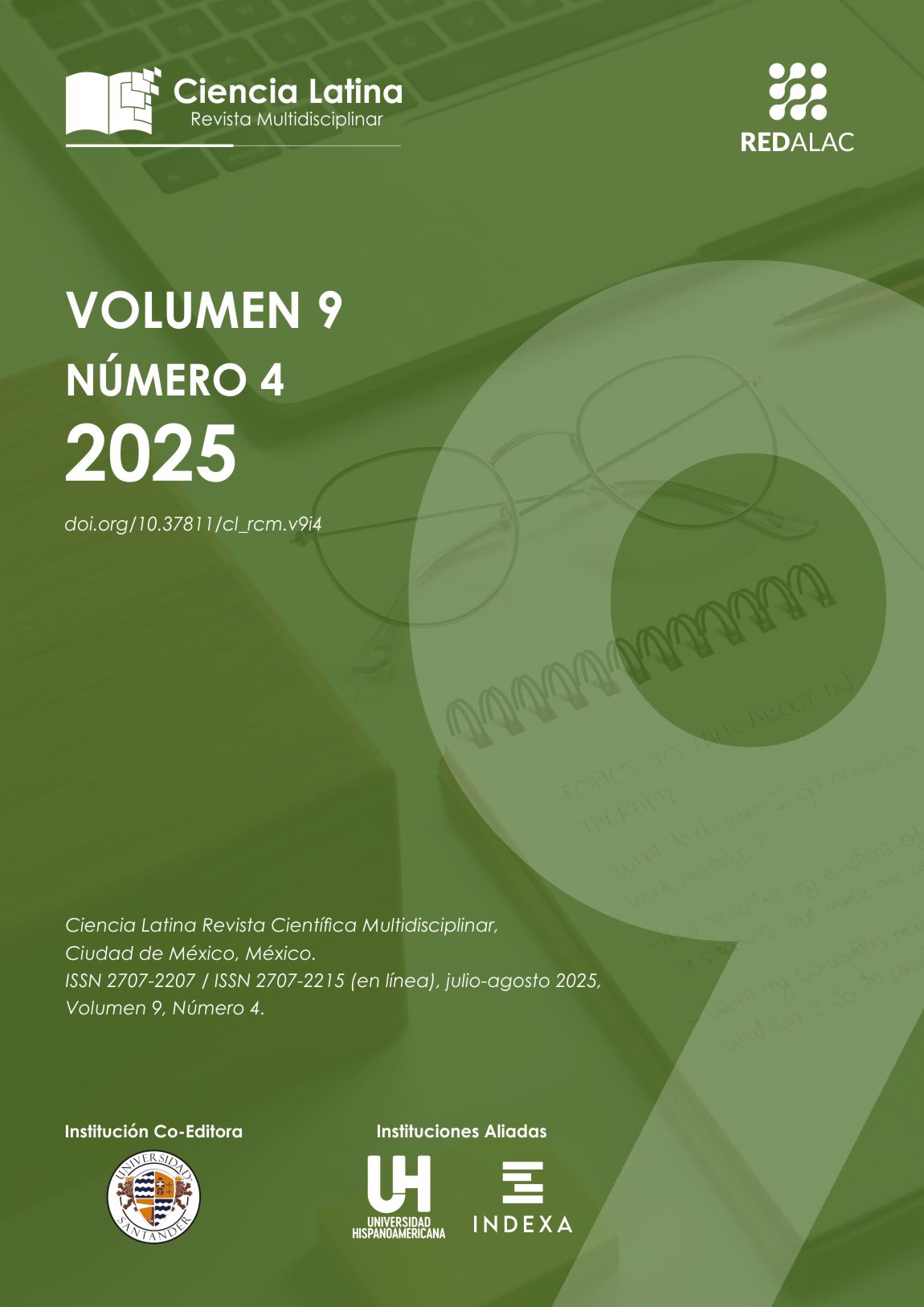







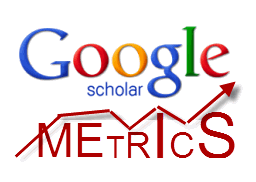
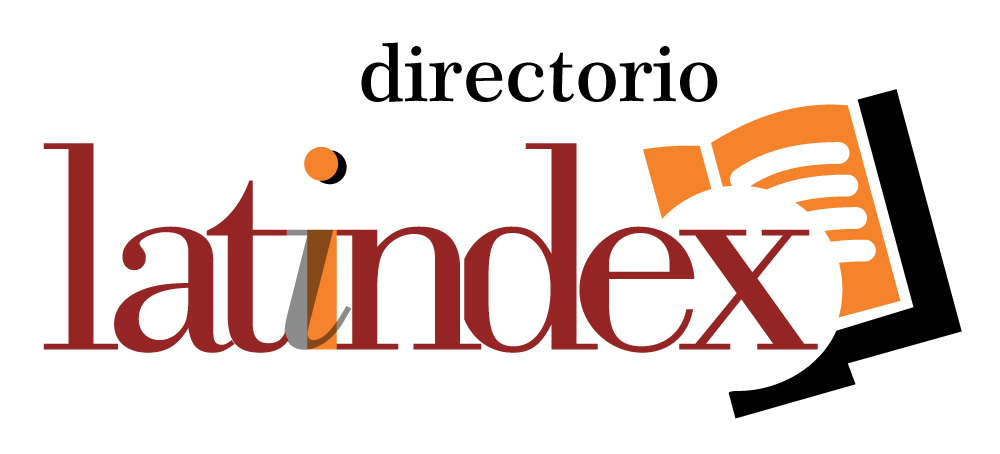
.png)
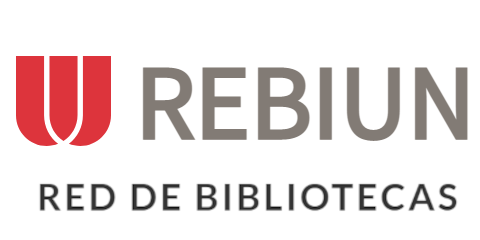







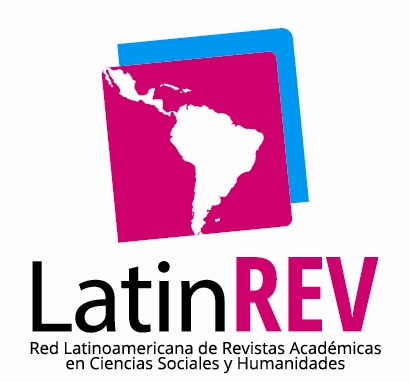

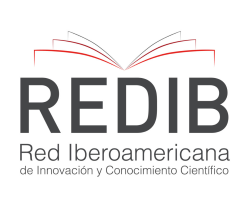


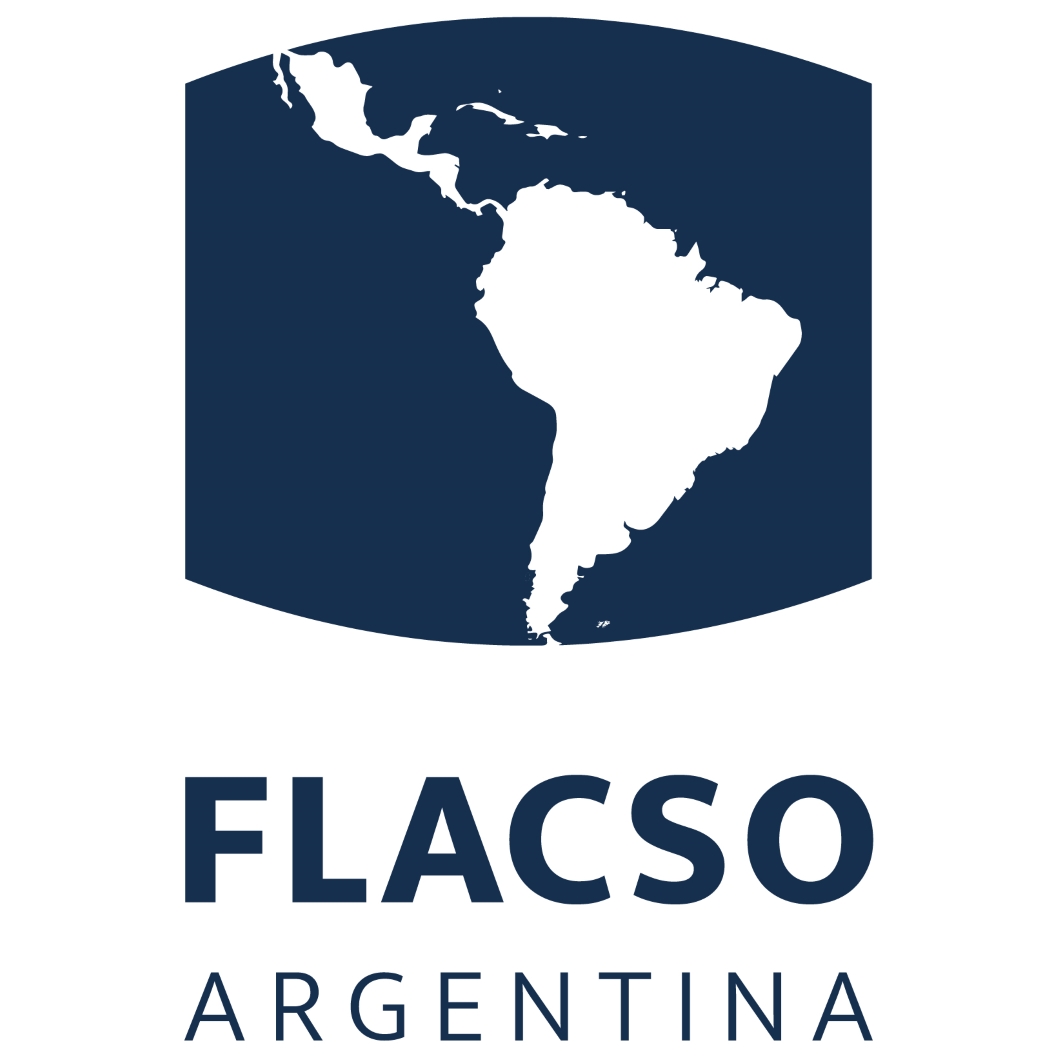

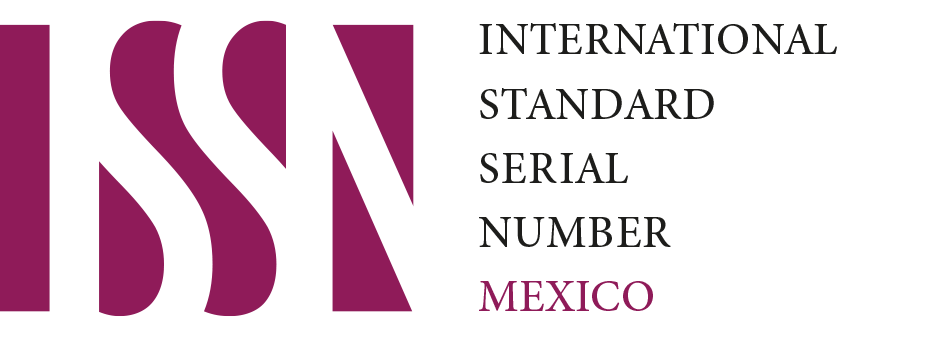




.png)
1.png)


